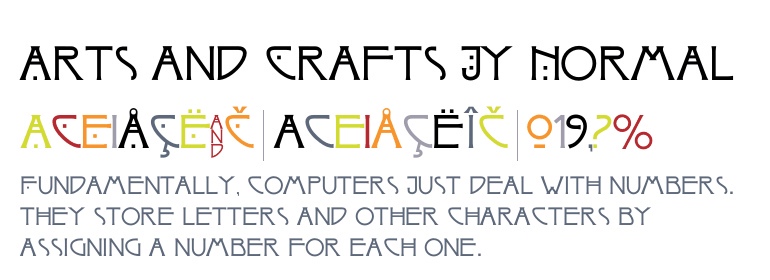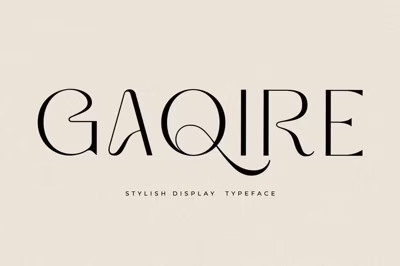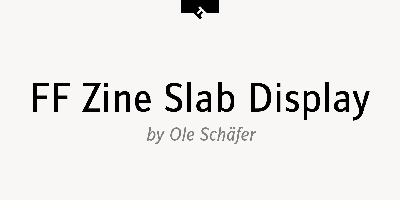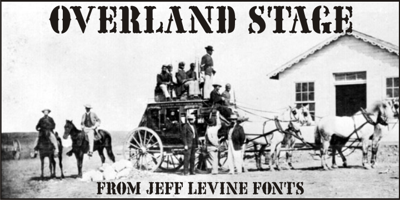Arts And Crafts JY Font

The JY Arts & Crafts font, by Todd Hallock, is loosely inspired by the medieval, fairy style illustrations and decorative lettering of Jessie Marion King (1876–1949), and the Scottish style of Charles Rennie Mackintosh (1868–1928) of the Glasgow School, from which Jessie received her training. The Scottish or Glasgow school style was a countermovement to mainstream art nouveau.
License: Demo for Personal Use
DMCA Contact Form: [email protected]
Font Detail:
License: Personal Use Only!
License: Personal Use Only!
Font Type: Free, Personal, Commercial
Format: ZIP, OTF / TTF
Total Files: 1 .zip
Date: 29/10/2024
Views: 361






